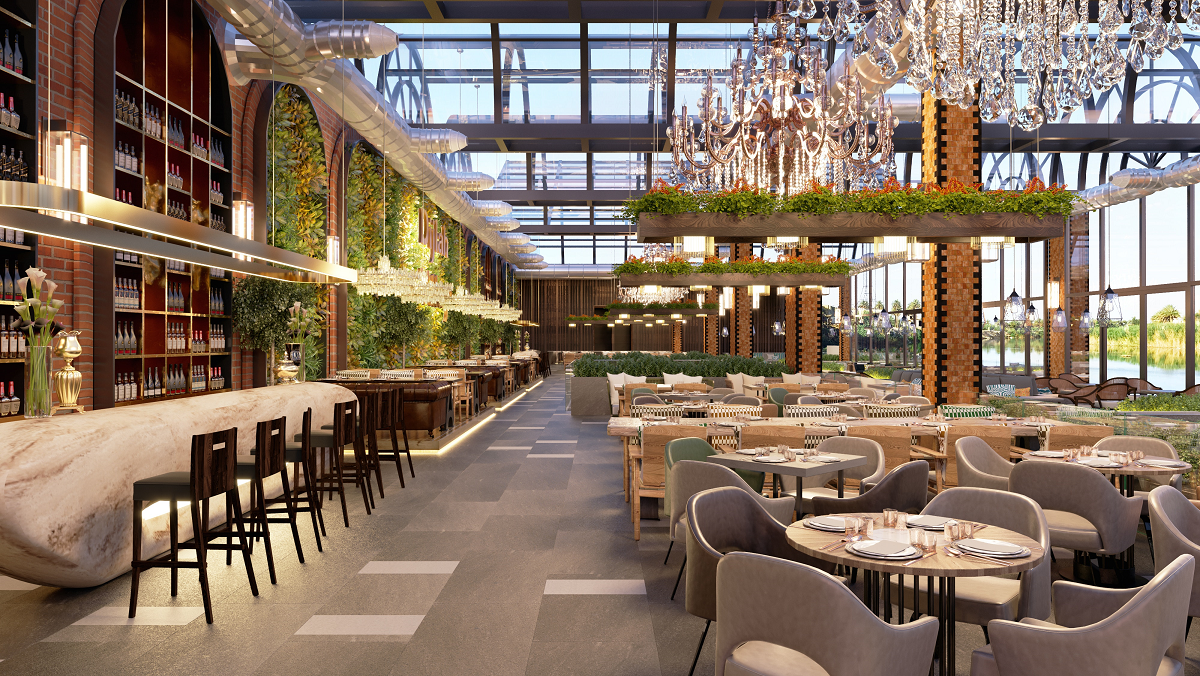Restaurant Furniture Blog
The Importance of Understanding Restaurant Seating Layouts and the Different Kinds of Seating
Restaurant seating layouts can say a lot about an establishment. Oftentimes, the way your tables and seating are arranged throughout your space will have a large influence on many factors, including style, ambiance and flow of foot traffic. And, these aspects directly affect your sales and margins. For that reason, it’s important to understand the many different types of restaurant seating, and how specific arrangements for company and customer events can improve sales and other facets of your restaurant business.
What You Should Know About Restaurant Table Spacing Standards
When it comes to restaurant seating layouts, one of the most critical components is understanding the goals and budget for the arrangement of furniture. This at first boils down to something as simple as knowing the business regulations and seating capacity, and properly allocating all of the available space. It’s recommended that businesses contact a local fire department or other agency for detailed information about specific building codes, how much square footage you need per customer, aisle width, and other crucial measurements, all before making any decisions about style, or design ideas.
Standard establishments require a passage area of 18 inches between tables and chairs. However, this may change depending on the type of establishment, or specific instances like accommodating for wheelchair space, which would require at least 36 inch wide aisles. If table-side service is a planned feature, then providing space for meal carts or bussing carts is a must. It really comes down to what type of restaurant you are looking to create.
Restaurant Table Spacing Goals & Objectives
One of the major factors when making style and design decisions for a restaurant is knowing the goals and objectives for the business. This is more than hopeful income or longevity – it’s about knowing what you want your customers to experience when they visit your establishment. Having an idea of these objectives can greatly benefit the proceeding stylistic decisions, because upscale, middle of the line, and casual dining experiences all come with greatly varying design choices that can make or break a customer’s quality time.
Different Types of Restaurant Seating
Once you’ve set the mood and considered your target audience, the next step would be to familiarize yourself with where you want the furniture to go, and the exact types of table shapes to enhance the experience. Round table tops are great for an intimate atmosphere, but make it more difficult to combine with other furniture, such as square or rectangle tables. Square table tops are some of the more common choices for establishments, and are less intimate than circle tables but more than rectangles. Rectangle table tops can usually seat the most people, but the guests are further apart from each other.
From there, you can choose from the many types of table settings, and settle on the one that works for your objectives. These table settings vary depending on the style of the establishment, and can range from formal, informal, casual, to buffet and other specific settings.
Bistro Tables and Bases
With over 16 years in the food industry, Bistro Tables and Bases has been guiding business and restaurant owners with stylistic choices regarding their establishments. Bistro Tables and Bases provides quality ideas for commercial table tops, table bases, chairs and barstools, and other key furniture options for restaurants. Contact us today for any questions or comments about or products or services.

